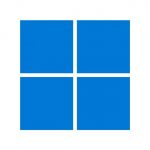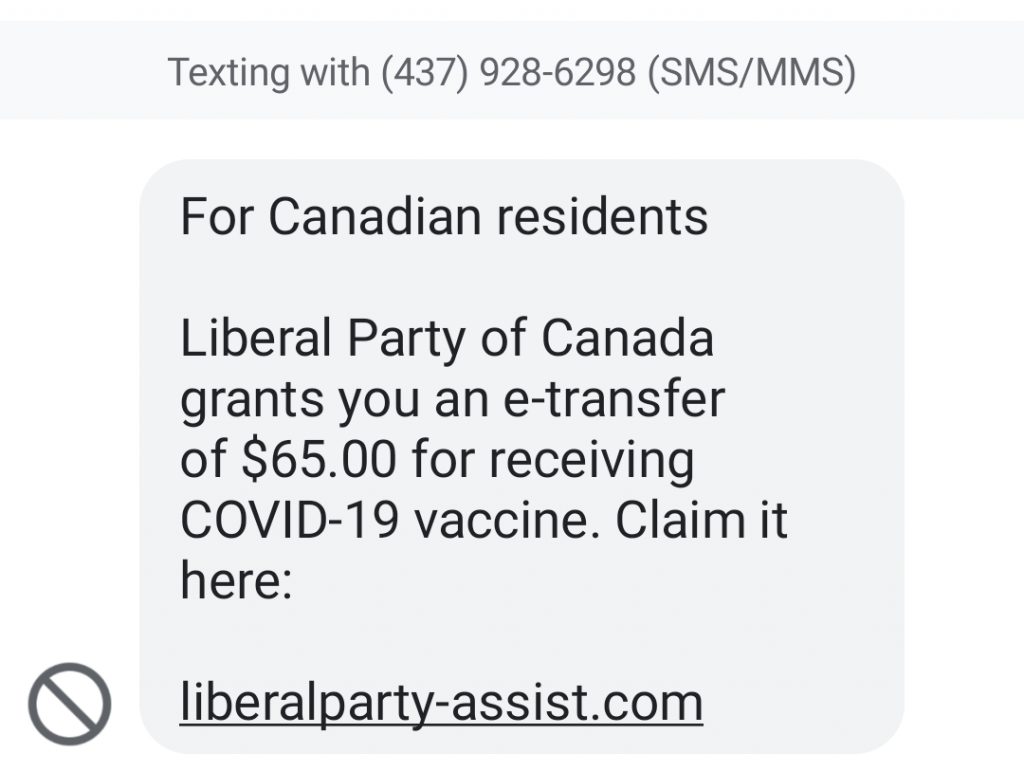 Windows 11 hasn’t even been released yet, and people are already looking for ways to work around some of the changes Microsoft has decided we really need.
Windows 11 hasn’t even been released yet, and people are already looking for ways to work around some of the changes Microsoft has decided we really need.
First up, it’s the venerable Start menu, which for some reason Microsoft has decided to move from its traditional place at the bottom left of the display, to the bottom center. Perhaps because that’s the way macOS does it?
I have no problem with Microsoft making changes like these, as long as there’s a way to revert those changes. In this case, there’s no obvious way to do that, but helpful folks have found a workaround.
Next, it’s the incredibly annoying prompts, taskbar icons, alerts, and other associated distractions generated by Microsoft Teams. That software isn’t included with Windows 11, but Microsoft has packed the new O/S with what amounts to advertising for Teams. Again, helpful folks have figured out how to get rid of this crap.
Meanwhile, Mozilla has discovered how to get past the hurdles Microsoft erected to prevent Firefox from making itself the default web browser automatically. You’ve no doubt seen what is normally required to change the default browser on Windows 10 (which now affects Windows 11 as well): you’re forced to make the change manually.
Forcing the user to intervene in changing the default browser (and other applications) was added to Windows as a security measure, because otherwise malicious software could more easily take over affected applications. But Microsoft’s applications don’t seem to be affected by this restriction, making the whole thing seem more like Microsoft giving itself an unfair advantage.
 boot13
boot13 Summer is winding down, young folks are risking their health going back to school, and anti-vaccination cretins are revealing to the world how incredibly stupid they are by protesting at hospitals.
Summer is winding down, young folks are risking their health going back to school, and anti-vaccination cretins are revealing to the world how incredibly stupid they are by protesting at hospitals. I just received a text message from someone pretending to be a representative of the Liberal Party of Canada.
I just received a text message from someone pretending to be a representative of the Liberal Party of Canada.